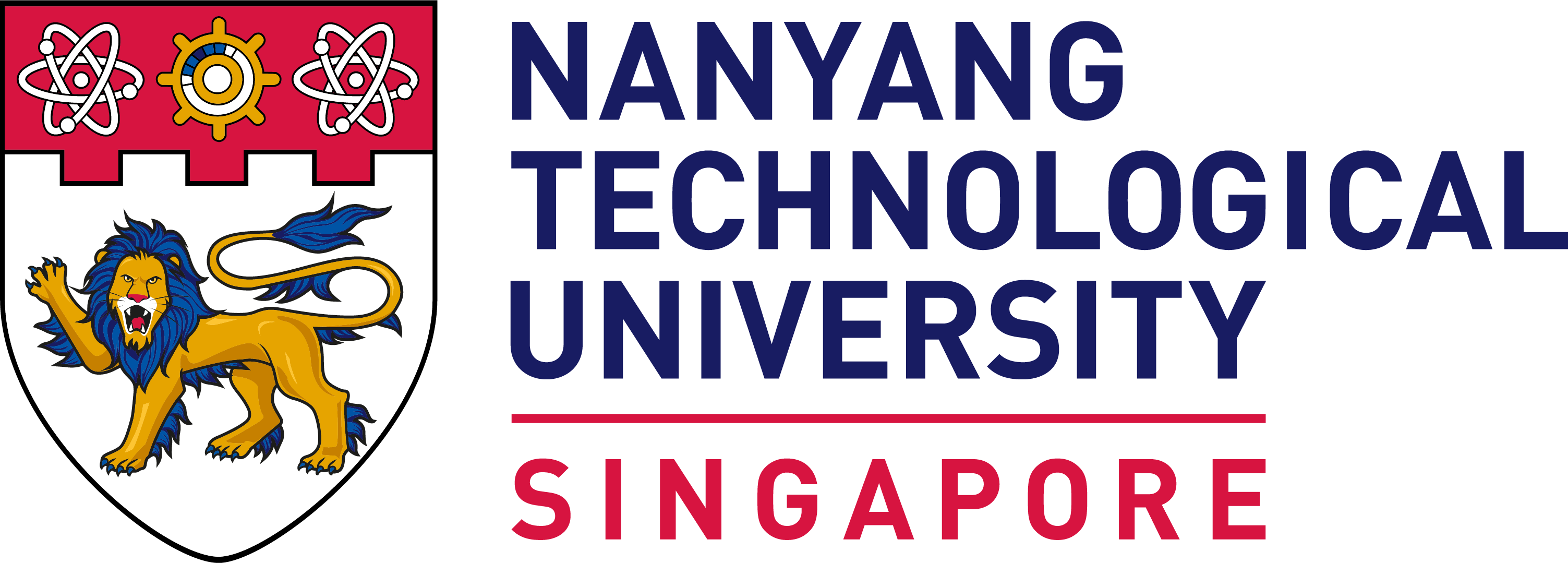
Sustainable Sand Harvesting (SSH) Technology
Synopsis
This invention presents a sustainable sand harvesting (SSH) technology that employs advanced modelling and multi-criteria decision analysis to identify sustainable mining zones (SMZ) within river systems. By ensuring sand extraction occurs with minimal environmental and social impact, SSH technology supports balanced development and conservation.
Opportunity
Sand is the second most extracted natural resource after water and an essential component of concrete, glass and asphalt. However, the growing demand for sand—especially in Southeast Asia—has intensified environmental and social challenges, including riverbank erosion, habitat destruction and illegal mining activities.
Traditional monitoring methods often fail to address these issues effectively, leading to significant ecological degradation. SSH technology offers a sustainable alternative by identifying sustainable mining zones (SMZ) within rivers, where responsible sand extraction can occur. These zones are defined based on environmental, social and economic criteria, ensuring minimal impact while meeting industrial needs. This invention is particularly relevant for policymakers, environmental managers and industry stakeholders seeking sustainable resource management.
Technology
SSH technology integrates morphodynamic modelling with multiple criteria decision-making (MCDM) analysis to create dynamic, data-driven map of SMZs. The framework is continuously updated with evolving river conditions and new data inputs, enabling real-time decision-making for sustainable sand harvesting.
Key features include:
- Morphodynamic modelling: Simulates sediment transport and deposition, identifying sediment sinks and areas with high replenishment potential.
- Multiple criteria decision-making (MCDM) analysis: Evaluates potential extraction sites based on environmental, social and economic criteria.
- Dynamic mapping: Provides adaptable, up-to-date visualisations of SMZs for sustainable sand extraction.
- User interface: Offers an intuitive platform for stakeholders to interact with SMZ maps and access actionable insights.

Figure 1: Multi-Criteria Decision Analysis (MCDA) process used in SSH technology to identify Sustainable Mining Zones (SMZ).
Figure 1 illustrates the Multi-Criteria Decision Analysis (MCDA) process used in SSH technology to identify Sustainable Mining Zones (SMZ). Various criteria, including sand reserve, salinity intrusion, sand mining activity, sand replenishment rate, river water depth, riverbed incision, bank erosion, aquatic species growth rate, employment rate, and population density, are analysed to determine the most suitable areas for sand extraction. The result is a comprehensive, dynamic map indicating SMZs with low to high suitability, ensuring minimal environmental and social impact while supporting sustainable development.

Figure 2: Conceptual framework of the model
Applications & Advantages
Identifies sustainable mining zones (SMZ) for responsible sand harvesting.
Utilises advanced modelling and MCDA for comprehensive site evaluation.
Maintains dynamic maps that adapt to changing conditions and data inputs.
Supports compliance with sand mining regulations and promotes sustainable practices.
Protects river ecosystems and enhances environmental conservation efforts.
Balances developmental needs with community welfare, contributing to environmental, social and governance (ESG) goals.















